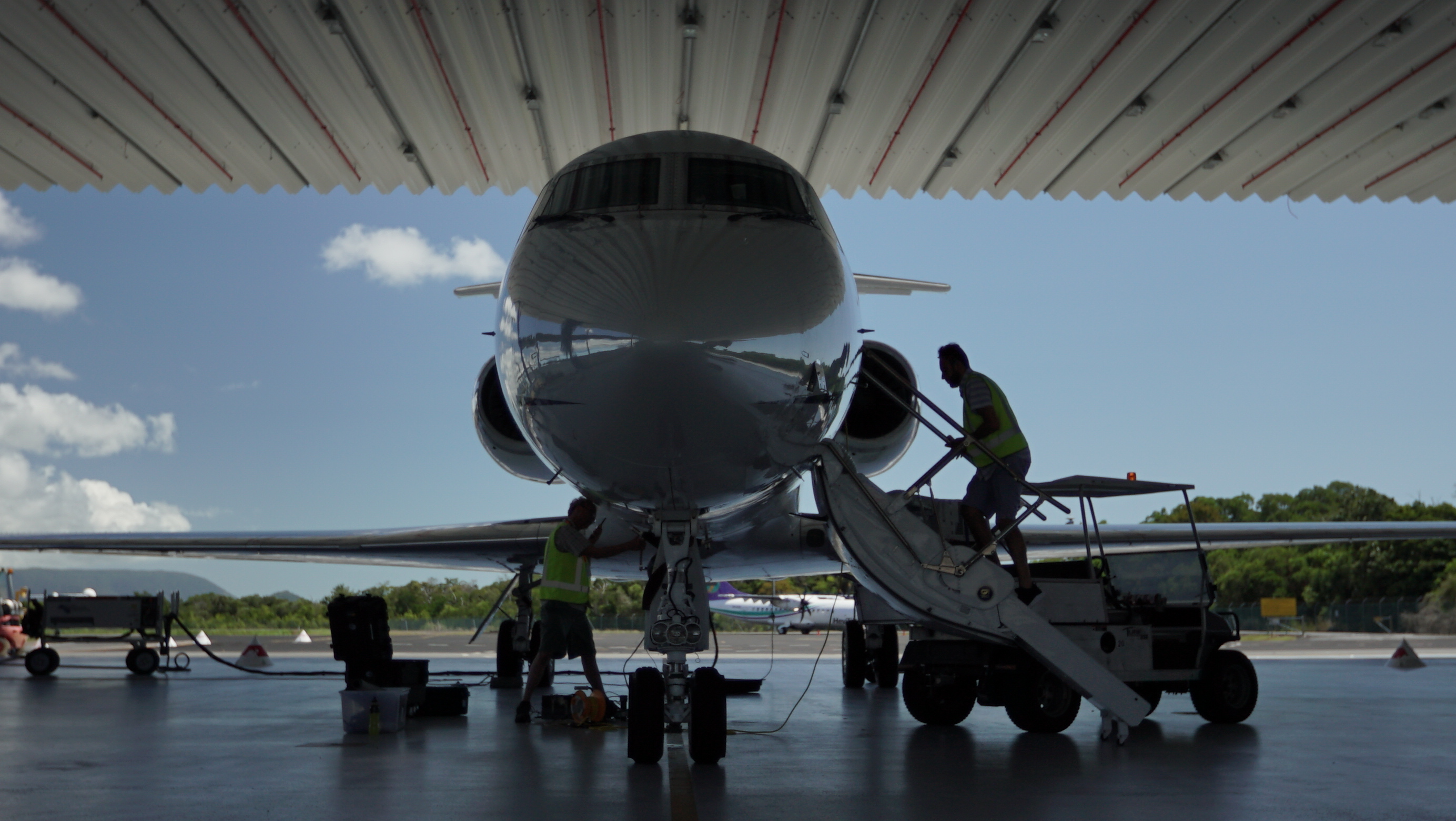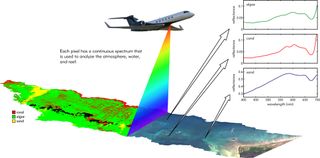NASA's CORAL Mission Turns Its Eyes to Australia's Great Barrier Reef

NASA has turned one of its aerial instruments toward Australia's Great Barrier Reef, in an effort to study the destruction of this natural wonder and other coral reefs around the world.
The agency's aptly titled CORAL mission (short for COral Reef Airborne Laboratory) will study four major coral-reef systems using data gathered by an instrument mounted in the belly of an airplane.
The CORAL team set up camp in Australia earlier this month, and after some bad-weather days, the first science flights over the Great Barrier Reef took place Sept. 9, a NASA representative told Space.com. [Images: Colorful Corals of the Deep Barrier Reef]

Changing oceans
The Great Barrier Reef covers an area of about 133,000 square miles (344,400 square kilometers), and is the largest structure on Earth made by living organisms, according to a statement from NASA. But this natural wonder, like many other coral reefs around the world, is showing serious signs of decline. As corals die, they are replaced with flat beds of algae and sand; this is a natural occurrence, but typically new corals also appear to replace the old ones. Instead, coral reefs are "degrading at alarming rates due to human-induced factors and global change," thestatement said.
Efforts to assess the damage are sparse, and data sets that do exist aren't uniform, making it hard to see the bigger picture.
"Virtually all reef assessments to date rely on in-water survey techniques that are laborious, expensive and limited in spatial scope," Eric Hochberg, CORAL principal investigator, said in the statement. "Very little of Earth's reef area has been directly surveyed."
Hochberg, an associate professor at the Bermuda Institute of Ocean Sciences (BIOS), said scientists also need to build models that can help scientists predict how these reefs will react to "the full range of biological and environmental factors that affect them." To that end, Hochberg said CORAL addresses "an urgent need in the face of ongoing worldwide reef degradation."
Get the Space.com Newsletter
Breaking space news, the latest updates on rocket launches, skywatching events and more!
The CORAL mission will include some in-water data collection, but that will mainly be used to validate the data taken aerially with the Portable Remote Imaging Spectrometer (PRISM). The instrument is built into a modified Gulfstream IV aircraft, built by Tempus Solutions. The plane is about the size of a small commercial aircraft. Other Gulfstream IV's have been modified by NOAA and used to study hurricanes and cyclones.
The PRISM instrument collects sunlight reflected off the reefs "in the specific regions of the electromagnetic spectrum important to coral reef scientists," according to the statement. The data will be analyzed "against data for 10 key biological and environmental factors affecting coral reef ecosystems, acquired from pre-existing data sources."
The CORAL team will continue to collect data on the Great Barrier Reef through the end of October. Later this year, the program will move to study reefs around the Hawaiian Islands; in the spring of 2017, the mission will take aerial observations of the reefs around two island archipelagos east of the Philippines: the Mariana Islands and Palau. From that comprehensive data set, scientists will be able to search for widespread trends between the state of coral reefs, and the factors (both natural and human-produced) that affect their health.
Follow Calla Cofield @callacofield. Follow us @Spacedotcom, Facebook and Google+. Original article on Space.com.
Join our Space Forums to keep talking space on the latest missions, night sky and more! And if you have a news tip, correction or comment, let us know at: community@space.com.

Calla Cofield joined Space.com's crew in October 2014. She enjoys writing about black holes, exploding stars, ripples in space-time, science in comic books, and all the mysteries of the cosmos. Prior to joining Space.com Calla worked as a freelance writer, with her work appearing in APS News, Symmetry magazine, Scientific American, Nature News, Physics World, and others. From 2010 to 2014 she was a producer for The Physics Central Podcast. Previously, Calla worked at the American Museum of Natural History in New York City (hands down the best office building ever) and SLAC National Accelerator Laboratory in California. Calla studied physics at the University of Massachusetts, Amherst and is originally from Sandy, Utah. In 2018, Calla left Space.com to join NASA's Jet Propulsion Laboratory media team where she oversees astronomy, physics, exoplanets and the Cold Atom Lab mission. She has been underground at three of the largest particle accelerators in the world and would really like to know what the heck dark matter is. Contact Calla via: E-Mail – Twitter
Most Popular

